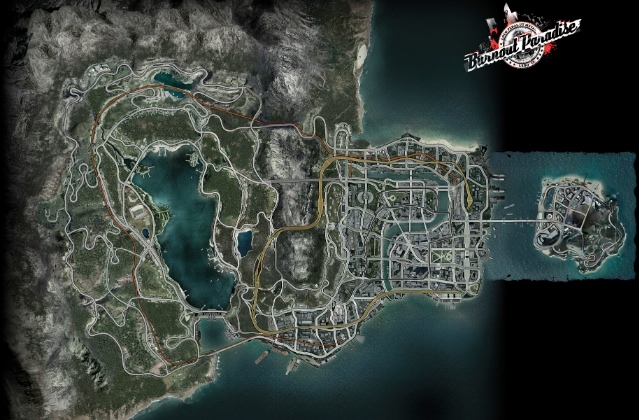Game design, gamification, game mechanics and games-based learning.

In a couple of weeks’ time I’ll have the privilege of attending the Scottish Learning Festival (SLF). It’ll be my fourth consecutive time and one of the educational highlights of my year.
Something I’ve learned at SLF is how effectively video games can be used for learning. The main man in this regard is Derek Robertson along with the people he’s inspired.
My interest in games-based learning was piqued a little late in my teaching career to be of much use, unfortunately, but it has come in useful as a parent. My son’s favourite games at the moment are Minecraft and Little Big Planet – both games are focused on building things and being creative.
But what about me?
I enrolled recently on the Coursera Gamification course led by Kevin Werbach not really expecting much. After all, it’s just a bunch of videos and some multiple-choice quizzes, right? But I’m actually enjoying it. 10-minute videos featuring an engaging speaker suits my attention span just fine.
As a Philosophy graduate I had been intrigued by Kevin Werbach’s reference to Wittgenstein’s problem of defining what constituted a ‘game’.
I was even more intrigued when he made reference to the work of Bernard Suits that claims there are three constituent parts that make up games:
To play a game is to attempt to achieve a specific state of affairs [prelusory goal], using only means permitted by rules [lusory means], where the rules prohibit use of more efficient in favour of less efficient means [constitutive rules], and where the rules are accepted just because they make possible such activity [lusory attitude].
As a casual gamer I tend to play games that are easy to pick up and put down. So over the past year I’ve been playing mainly Battlefield 3 and Burnout Paradise as well as unsuccessfully curbing my 19-year addiction to Football Manager.
But the gamification course made me really think about game design and game mechanics. Instead of watching a film tonight I went looking for a new game. I came across Journey.
Oh. My. Goodness.
It took about the same amount as watching a film for me to complete. I don’t have the words to describe how magestic it was, how it managed to play with my emotions, and how cleverly-designed the overall experience felt.
There’s no explicit communication in Journey. Nor are there any written or verbal instructions. Other players who are online at the same time as you pop-up on occasion to join you for a while. There’s simultaneously endless possibilities in a vast lanscape and an unfolding narrative. The whole thing is cinematic.
At times I felt uplifted; other times confused, surprised, shocked, relieved or just happy and relaxed. It’s a game that really does play with your emotions.
The experience of playing Journey has made me reflect about not only game design, gamification, game mechanics and games-based learning but also learning itself. To my mind effective learning is about a series of impactful, memorable experiences – and I certainly had an amazing experience playing Journey this evening!


